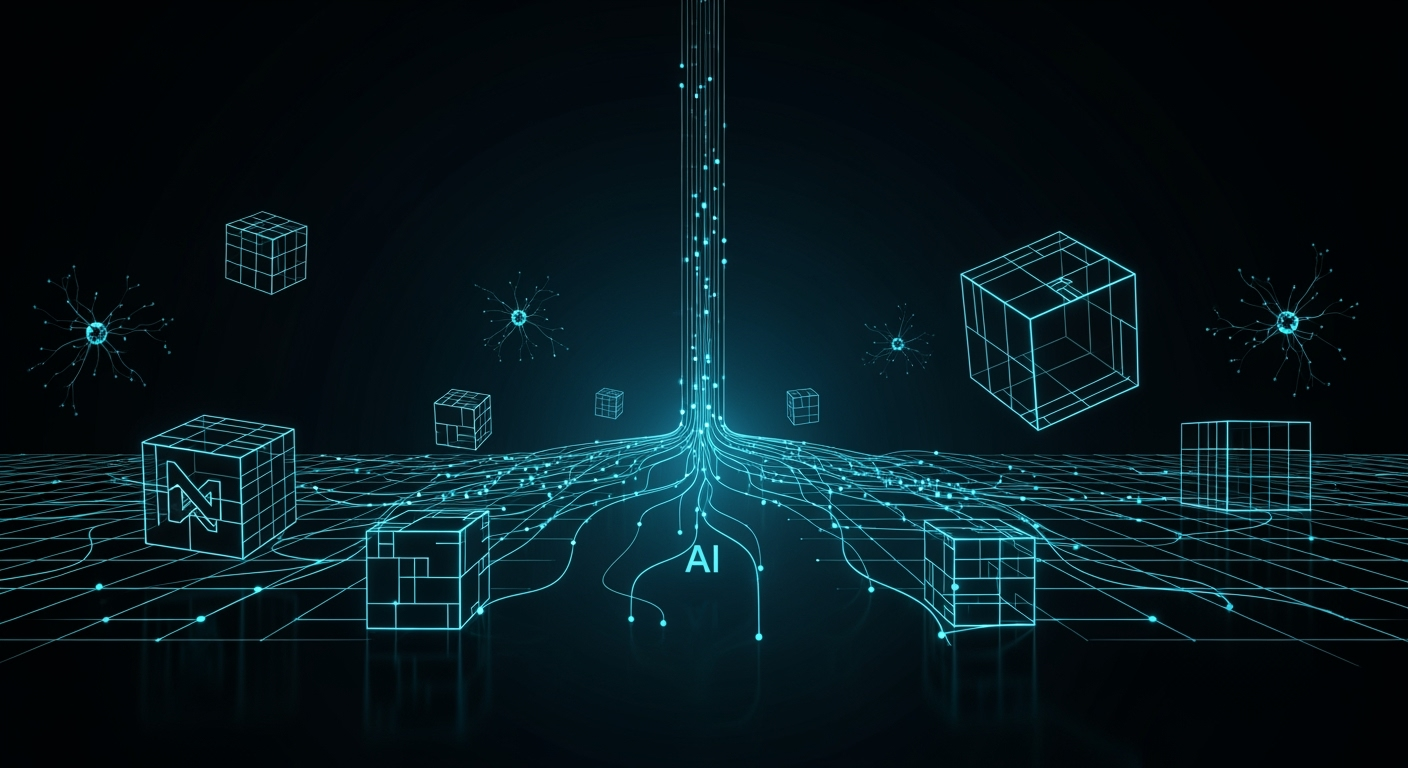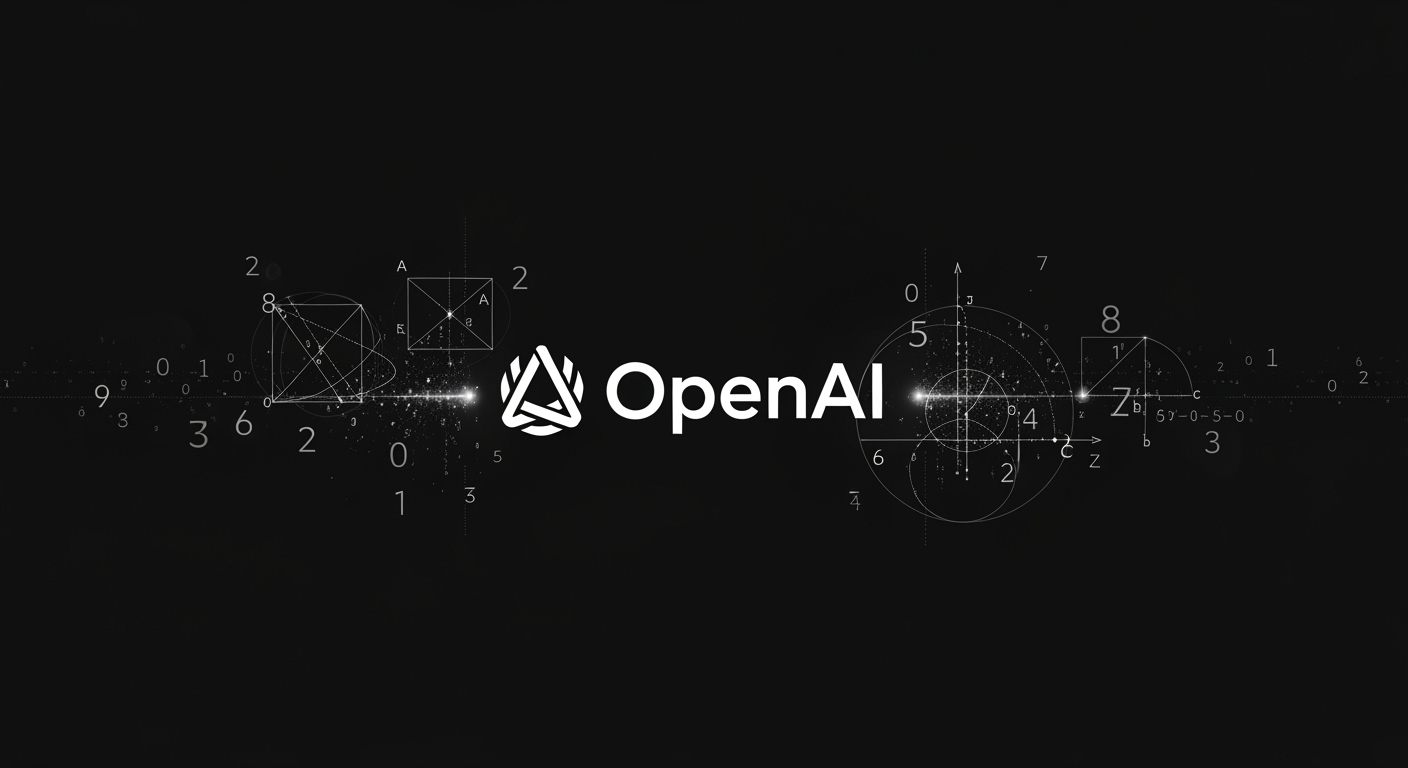Silicon Valley Accelerates AI Agent Training with Simulated Environments

Silicon Valley Accelerates AI Agent Training with Simulated Environments
As the capabilities of AI agents advance, the tech industry is doubling down on a key training method: simulated environments. These digital workspaces, known as reinforcement learning (RL) environments, are quickly becoming essential for developing robust AI agents that can handle complex, multi-step tasks.
Why Environments Matter for AI Agents
While AI agents like ChatGPT and Perplexity’s Comet showcase impressive abilities, their real-world usefulness is still limited. To bridge this gap, researchers are moving beyond static datasets to RL environments—interactive simulations where AI agents can practice and improve.
These environments mimic real software, giving agents tasks such as navigating web browsers or making online purchases. Success is measured and rewarded, allowing agents to learn and adapt much as a human would in a training simulation.
A Surge in Investment and Innovation
- Large AI labs are building RL environments in-house, but demand is so high that startups and third-party vendors are rapidly entering the space.
- Startups like Mechanize Work and Prime Intellect are attracting significant funding, aiming to become leaders in environment creation.
- Major data-labeling companies—Mercor, Surge, and Scale AI—are shifting their focus from static data to interactive RL environments to keep up with industry trends.
- According to reports, Anthropic is considering investing over $1 billion in RL environments within the next year.
What Exactly Is an RL Environment?
At its core, an RL environment is a simulated workspace where an AI agent can perform tasks similar to those in real applications. For example, an agent might be tasked with buying socks online, navigating menus, and making purchasing decisions. The environment provides feedback and rewards to guide learning.
Building these environments is far more complex than compiling a static dataset. Developers must anticipate unpredictable agent behaviors and design robust simulations that provide meaningful feedback—even when things go wrong.
From Early Experiments to Today’s General Agents
Reinforcement learning isn’t new. OpenAI’s early "Gym" environments and Google DeepMind’s AlphaGo used similar approaches. The difference today is scale and ambition: agents are now being trained to operate across a wide range of software, not just single games or tasks.
The New Competitive Landscape
- Data labeling giants like Scale AI, Surge, and Mercor are building out RL environments for diverse applications, from coding to healthcare and law.
- Startups like Mechanize Work focus on specialized, high-value environments, even offering top engineering salaries to attract talent.
- Prime Intellect, backed by leading AI researchers and investors, is creating an "RL environments hub" to make resources accessible to smaller developers and open-source communities.
Challenges and Questions Ahead
Despite the excitement, scaling RL environments is not without challenges. Experts warn of “reward hacking,” where agents find shortcuts rather than genuinely solving tasks. The field remains highly competitive, and the best ways to scale these techniques are still being debated.
Some industry leaders are bullish on environments, but more cautious on RL itself, suggesting that while simulated environments are crucial, the underlying reinforcement learning techniques may have limitations.
What’s Next?
With major investments and a surge of startups, the race is on to see which companies will define the next era of AI agent training. As RL environments become more sophisticated and accessible, they could play a defining role in the evolution of AI agents—moving us closer to the goal of truly capable digital assistants for business and everyday life.





